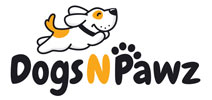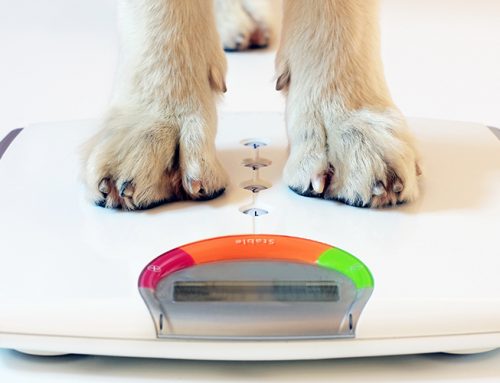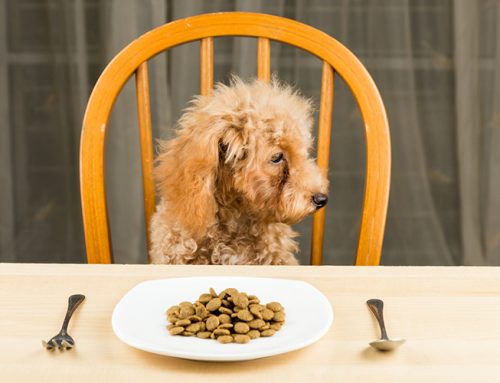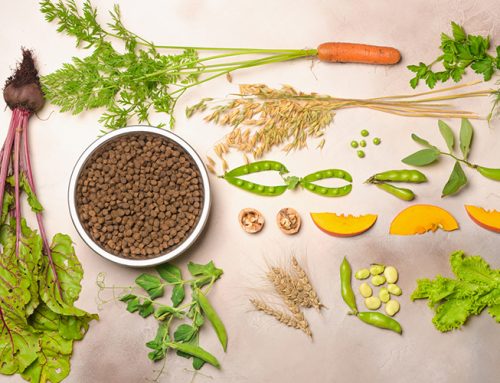At what age does my dog no longer need puppy food?
Puppies are adorable. Sure, they eventually hit those awkward, lanky teenage years, but they somehow retain their over-the-top cute puppy-ness. Some adult dogs retain their puppy playfulness for years. Fortunately, they don’t maintain their puppy nutrition requirements.
Puppies need a puppy specific diet that is higher in protein and fat than regular adult feed. The Association of American Feed Control Officials (AAFCO) recommends puppy food contain a minimum of 22.5 percent crude protein and 8.5 percent crude fat, as well as higher mineral than recommended for adult dogs. Always look for a food that is labeled as being for puppies, and offers animal proteins first in the ingredients list.
Puppies grow their fastest in their first five months and after that should naturally slim down and lose their roundness.
After about a month on one specific dog food, if your puppy is healthy, happy, and has a thick, glossy coat, the food is probably agreeing with her or him. As long as your pup isn’t over or underweight, the portion, frequency of feeding, and nutrition profile are likely fine. If you notice your dog losing or gaining weight, it’s important to adjust their caloric intake accordingly.
Small breed dogs and large breed dogs mature and grow at different rates and they also have slightly different nutritional requirements.
Large breed puppies can eat large breed-specific foods that are formulated to control growth. These foods should contain lower calcium and phosphorus than regular puppy food. The food may also contain lower fat and vitamin D.
Small breed puppies may benefit from kibble that is smaller in size to prevent choking. Also, small breed puppies need calorie-dense food to prevent hypoglycemia, which is more common for these dogs than it is for medium or large breed puppies. Small breed pups have a higher metabolic rate and energy requirement than their larger companions.
Other options for puppy food are foods marked as “all stages of life”. However, always read the labels to make sure it offers a puppy diet, (or ‘growth’) nutrient profile.
Puppies can be switched to adult food once they reach about 80 to 90 percent of their full size. For small dogs, this is sooner than large breed puppies. A small breed may reach the 80 percent marker between seven and 12 months. Large breeds might not hit that milestone until 12 to 18 months old. It’s important to discuss the change to adult food with your vet or your breeder, whose expertise can provide guidance for a specific breed. Adult food won’t provide the nutrients your puppy needs so it’s important not to make the change too soon.
To prevent upset stomachs when switching to adult food, gradually transition your puppy to the new food, starting with approximately 75 percent puppy food to 25 percent adult food. Increase the proportion of new food over several days until they are completely switched over.
Below is an approximate guideline on feeding frequency.
Puppies Newborn to Four Weeks
These new little pups should be on mother’s milk until they’re about four weeks old. At this stage in life, a puppy’s mother provides the best nutrition available. Once they’re weaned, usually at about six weeks old, they can start on soft solid foods like wet food, or moistened kibbles.
Puppies Aged Six to Twelve Weeks
These puppies need a diet formulated to help with development and can be fed about four times a day. Puppies need more frequent feedings than adult dogs so they can maintain their energy levels. Growing is hard work and needs a lot of calories balanced throughout the day.
For small breed puppies, the American Kennel Club (AKC) recommends holding off on unmoistened dry food until your pup is between 12 and 13 weeks old. For large breeds, the AKC recommends waiting until nine or 10 weeks old. Fetch by WebMD also recommends moistening dry foods like kibble for pups until they are about eight weeks old.
Smaller, more frequent portions are a good idea because puppies have tiny tummies and can only eat so much in one sitting. If your puppy is leaving food in its bowl, try reducing the portion and adding an extra meal during the day.
All dog foods offer a recommended serving size. This is for an entire day, so be sure to split it up into portions for multiple feedings.
Puppies Aged Three to Six Months
Puppies at this stage — still eating puppy food — should be losing their overall roly-polyness and can start eating three times a day instead of four. If your schedule makes it impossible to feed three times a day, after six months old feeding twice a day should be fine. Puppies are adaptable.
Puppies Aged Six to Twelve Months
Puppies can be fed on a more adult schedule of two to three times a day. Your vet may have specific recommendations depending on when you choose to neuter or spay your dog, as these medical procedures impact the number of calories dogs need.





